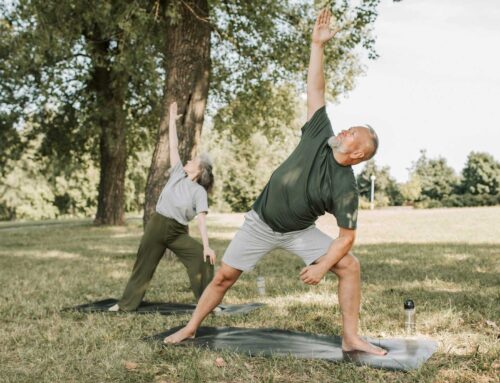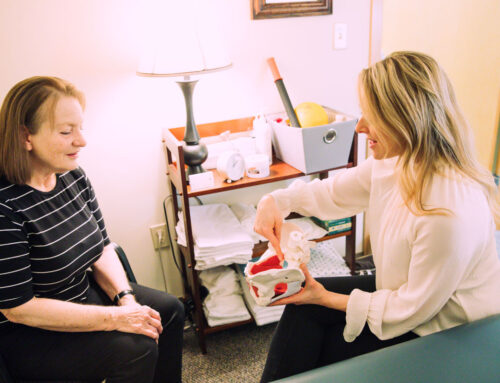Get Ready for Winter:
A PT’s Guide to Preventing
Cold-Weather Injuries
November is here, and with it comes the chill in the air that signals a shift in our activities. For many, this means dusting off skis, snowboards, and ice skates. For others, it eventually means facing the first heavy snowfall with a shovel in hand.
But this sudden shift from fall activities to winter sports and chores can be a shock to the system. Thousands of people are treated in emergency rooms for winter sports-related injuries every year. Add to that the thousands more who injure their backs and shoulders from improper snow shoveling, and it’s clear: our bodies are often not ready for the cold.
The good news? A little preparation goes a long way in keeping you active and injury-free all winter long.
Why Winter Increases Injury Risk
Cold weather has some effects on your body, which can make injuries more likely:
- Muscles tighten up in response to cold, reducing flexibility and range of motion
- Joints become stiffer, particularly if you have arthritis or previous injuries
- Reduced activity during fall means muscles may be deconditioned
- Sudden intense exertion (like shoveling heavy snow) stresses unprepared bodies
Preparing for Winter Sports
Whether you’re skiing, snowboarding, ice skating, or snowshoeing, sport-specific preparation is essential.
Start Early: Begin conditioning 4-6 weeks before your first outing. Focus on:
- Leg strength: Squats, lunges, and step-ups build the quad and glute strength needed for skiing and snowboarding
- Core stability: Planks and rotational exercises improve balance and control
- Cardiovascular fitness: Winter sports are demanding, build your endurance with walking, cycling, or swimming
- Ankle stability: Balance exercises on one leg or a wobble board help prevent common ski injuries
- Practice Balance: Many winter sports require balance on slippery surfaces. Incorporating balance training now pays off later.







